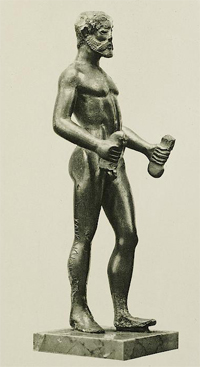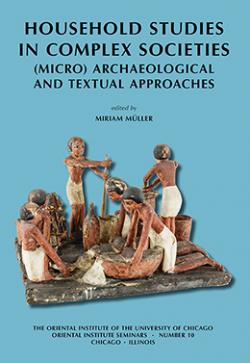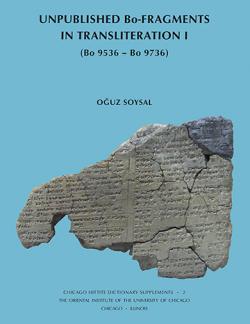Stichting A. G. van Hamel voor Keltische Studies
Welkom op de website van de
Stichting A. G. van Hamel
voor Keltische Studies
Best bekeken met Mozilla Firefox
Welcome to the website of the
A. G. van Hamel Foundation
for Celtic Studies
Best viewed in Mozilla FirefoxHere’s a short but important announcement which will be of particular concern to users of *selgā catalogue, Tionscadal na Nod and other resources that have been made available through the vanhamel.nl domain. In an effort to improve the experiences of a heterogeneous variety of our visitors, the website is being split up into two distinct components. Briefly, the changes are as follows:
- Onderstaande aankondiging is vooral van belang voor gebruikers van de Engelstalige projecten op onze website.
The website about the A. G. van Hamel Foundation specifically and the events calendar are to be found at http://www.vanhamel.nl/stichting. The URL http://www.vanhamel.nl will take you to the present site. Some information, particularly past news from the archives, is still in the process of being relocated to its new home and several links may require updating, but most pages of any current relevance should be accessible to you here.
Meanwhile, all online projects and resources hosted by the Foundation, including the *selgā catalogue and Tionscadal na Nod, will remain in place at http://www.vanhamel.nl/wiki, while a new project title has been coined to refer to these collectively. We can finally reveal that the umbrella website will bear the name CODECS: Online Database and eResources for Celtic Studies (a recursive acronym as some of you will instantly recognise, right?). CODECS is still very much in the process of being restructured and redesigned and for that reason, not quite ready for public consumption. There is, I regret to say, one inevitable side-effect to this transition. Due to rather limited resources at our disposal we are forced to remove the earlier copy of the website. In other words, this part of the site will be unavailable while work is under way. Hopefully, it should not take too long before a rough but ready and acceptable version can be presented.


















































